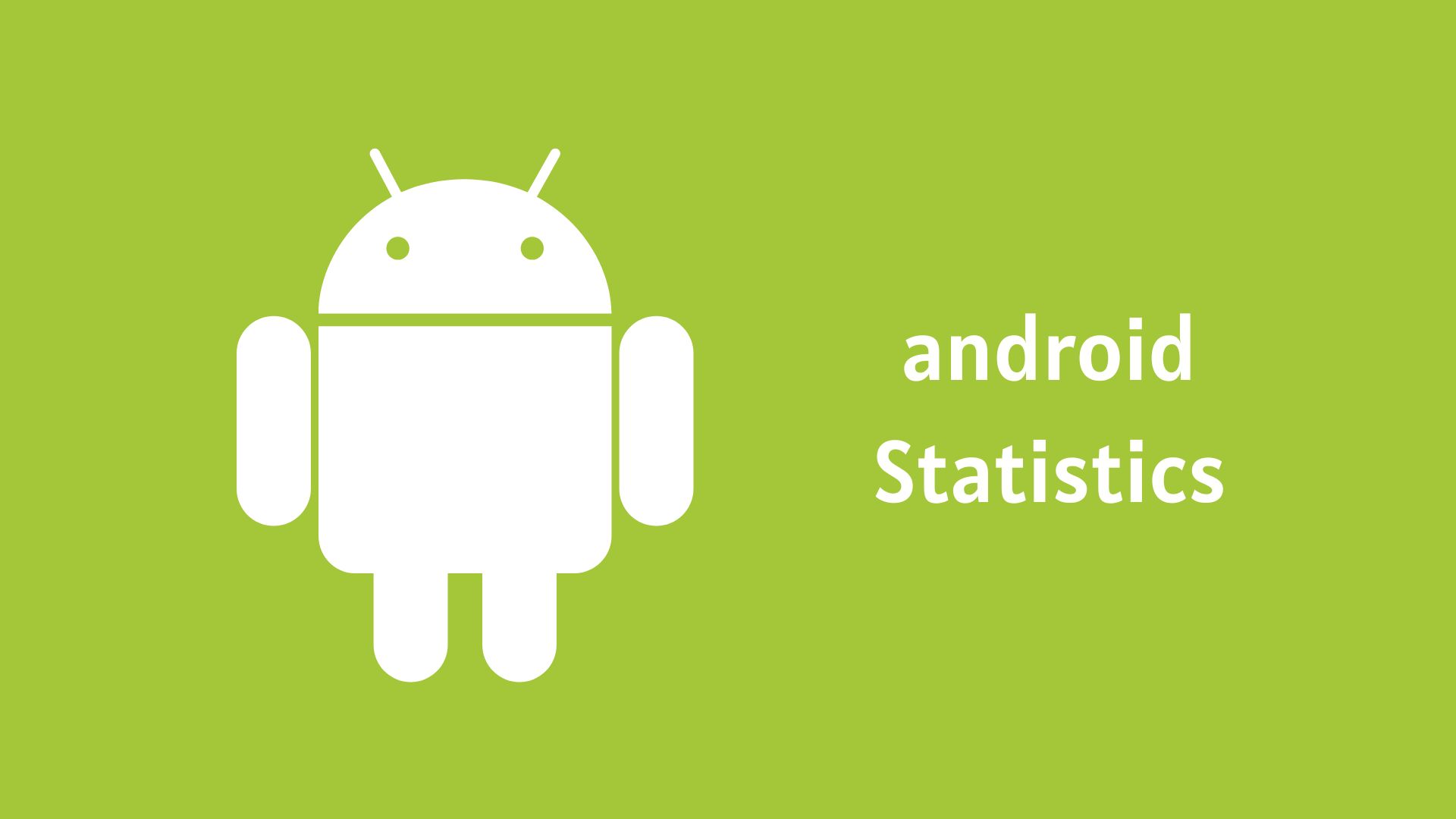

Updated · Nov 21, 2025
The Operating System category, under the broader Software segment, provides an in-depth view of the platforms that power modern computing devices across personal, enterprise, and mobile environments. This section covers detailed statistical insights and performance indicators for major operating systems such as Linux, Windows, and iOS, highlighting their adoption trends, market share movements, and technological advancements. Data is presented with a focus on year-over-year revenue patterns, growth trajectories, user base expansion, and global distribution, enabling stakeholders to evaluate competitive positioning and long-term market potential.
The analysis within this category examines company-level performance metrics, including operating system divisions’ contribution to overall revenue, profitability shifts, and recurring income streams from licensing, subscriptions, and ecosystem services. For instance, trends in enterprise licensing models, app marketplace revenues, and support service income are evaluated to identify sustainable revenue channels. Employee count and workforce allocation data are also tracked to assess each company’s operational scale, research capabilities, and global reach, as these factors directly influence innovation capacity and speed to market.
From a technological standpoint, the category covers the evolution of operating system architectures, integration with cloud environments, and advancements in security frameworks. The adoption of AI-driven features, edge computing readiness, and cross-platform interoperability are analyzed to determine their impact on user adoption rates and enterprise migration patterns. Linux distributions are often assessed for their open-source community contributions and enterprise deployment in critical infrastructure, while Windows insights focus on corporate IT integration and productivity ecosystem growth. iOS statistics emphasize mobile penetration, ecosystem monetization, and developer engagement through app store performance.
This section also evaluates regional performance trends, revealing which geographies show dominant adoption rates for specific operating systems. Emerging market penetration, government-led adoption policies, and sector-specific use cases—such as healthcare, education, and public administration—are examined to provide a comprehensive view of demand drivers. Moreover, adoption is correlated with hardware availability, device affordability, and regulatory environments to understand market-entry challenges and opportunities.
The category further presents comparative analytics on operating system lifecycle management, update deployment speeds, and security patch adoption rates. It assesses user satisfaction indices, enterprise feedback, and long-term support commitments, which are critical for building trust and maintaining market stability. Integration with new form factors, such as foldable devices, wearables, and IoT endpoints, is also explored, underscoring how operating systems are adapting to evolving device ecosystems.
All statistical information is supported by verified data sources, presented through interactive charts, graphs, and tables for easy interpretation. This ensures that analysts, developers, and business leaders can make informed decisions on technology investments, platform migrations, and strategic partnerships within the global operating system landscape.


Updated · Nov 21, 2025
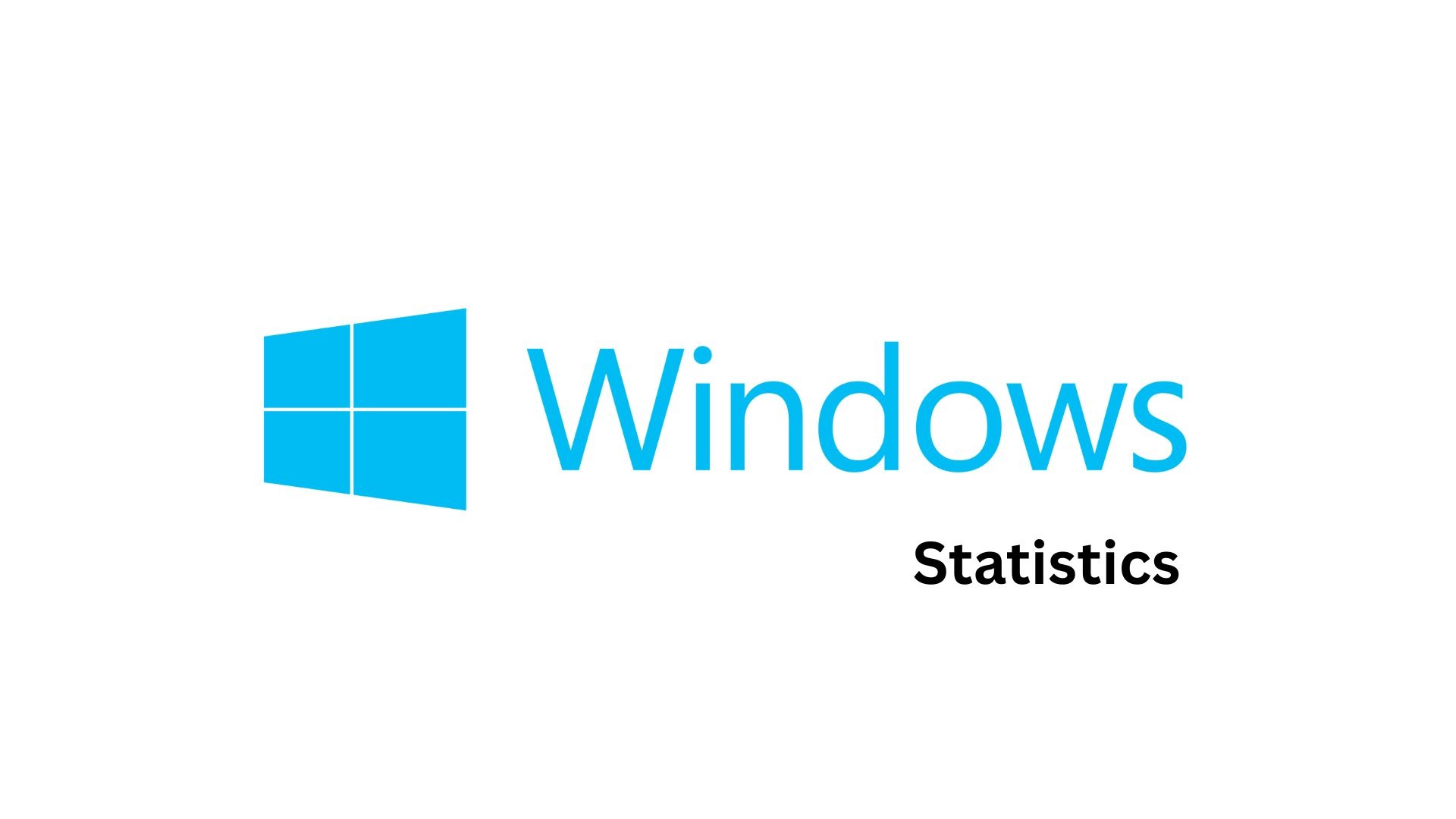

Updated · Nov 03, 2025
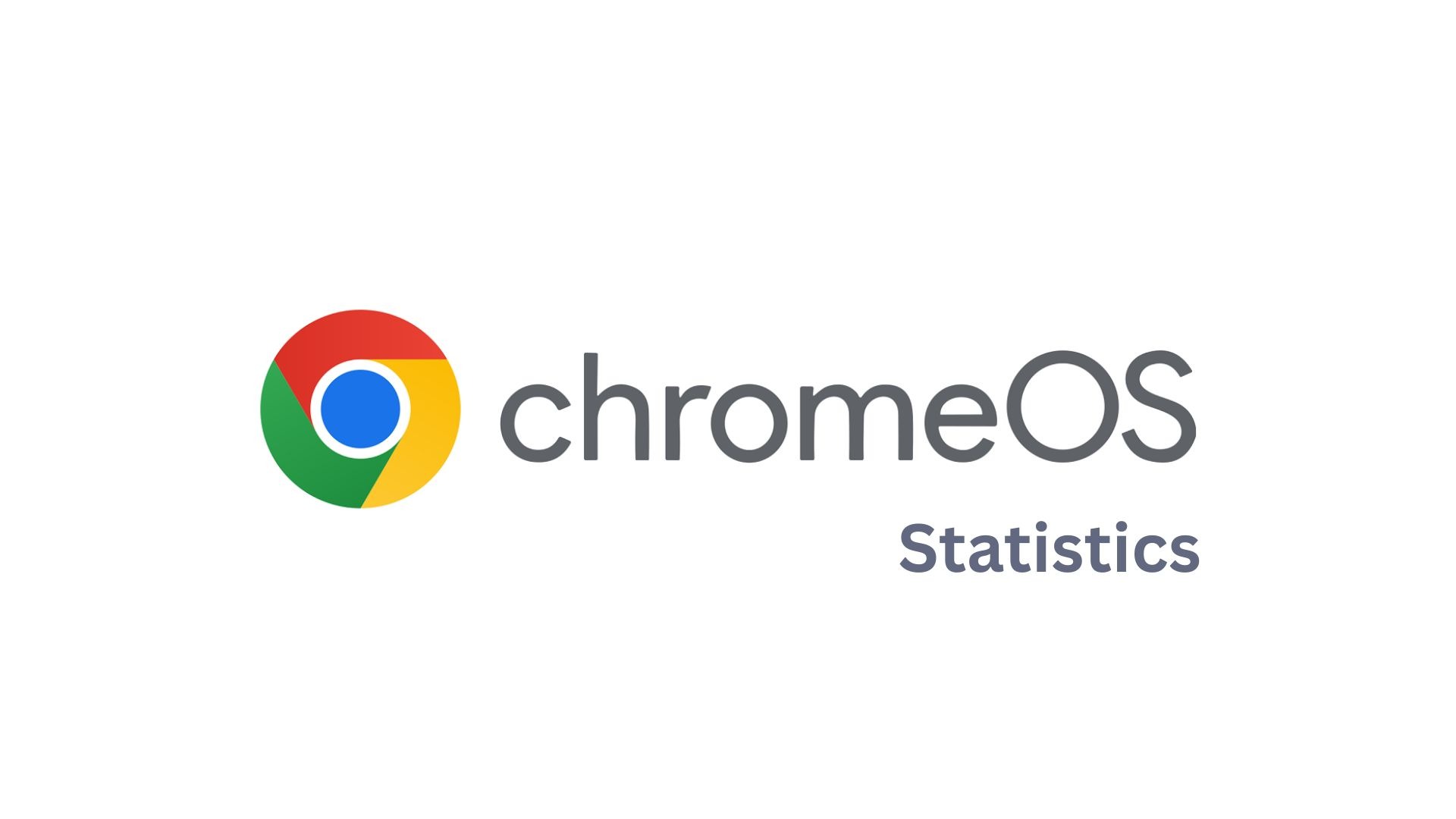

Updated · Oct 05, 2025
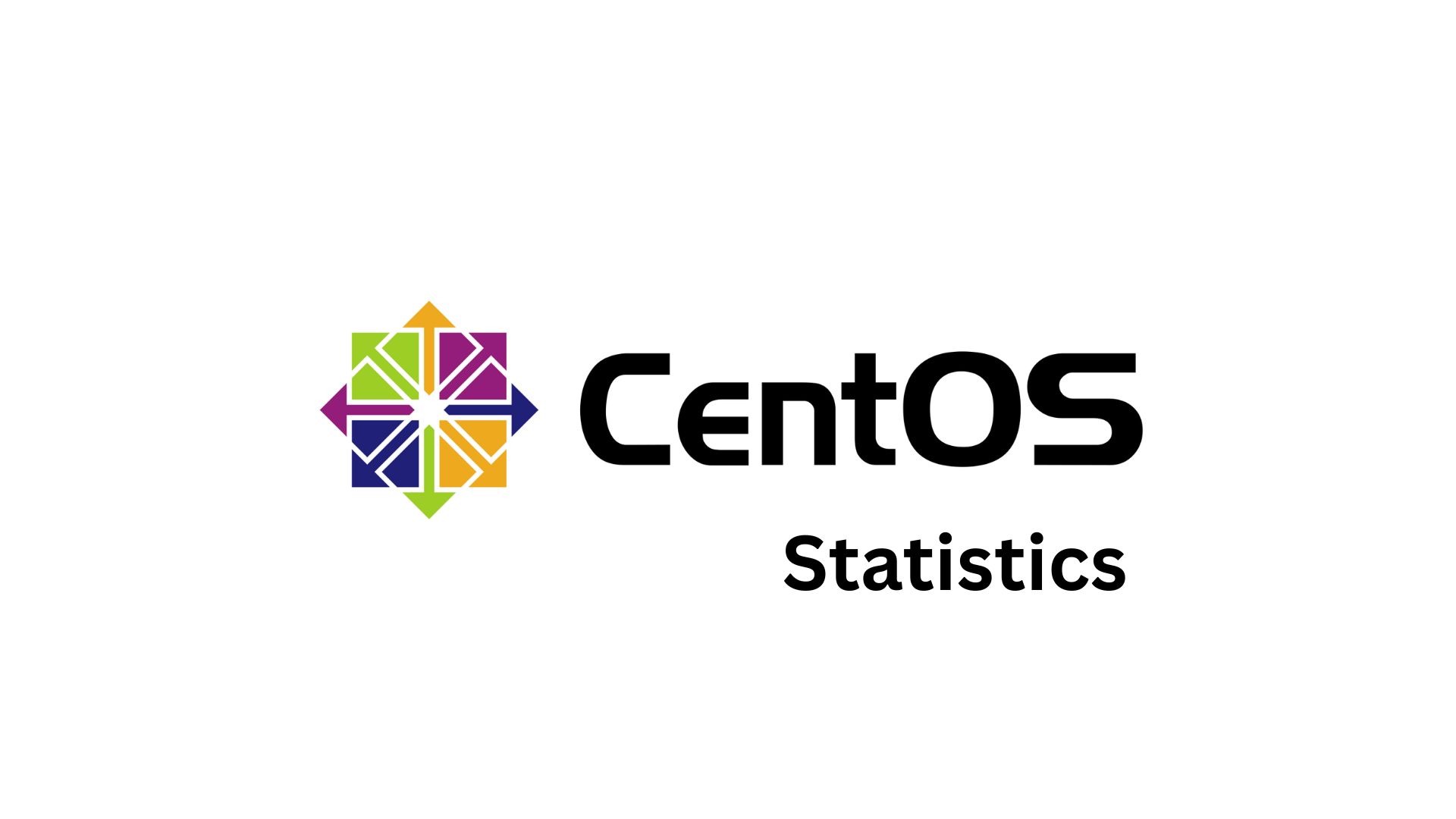

Updated · Sep 27, 2025
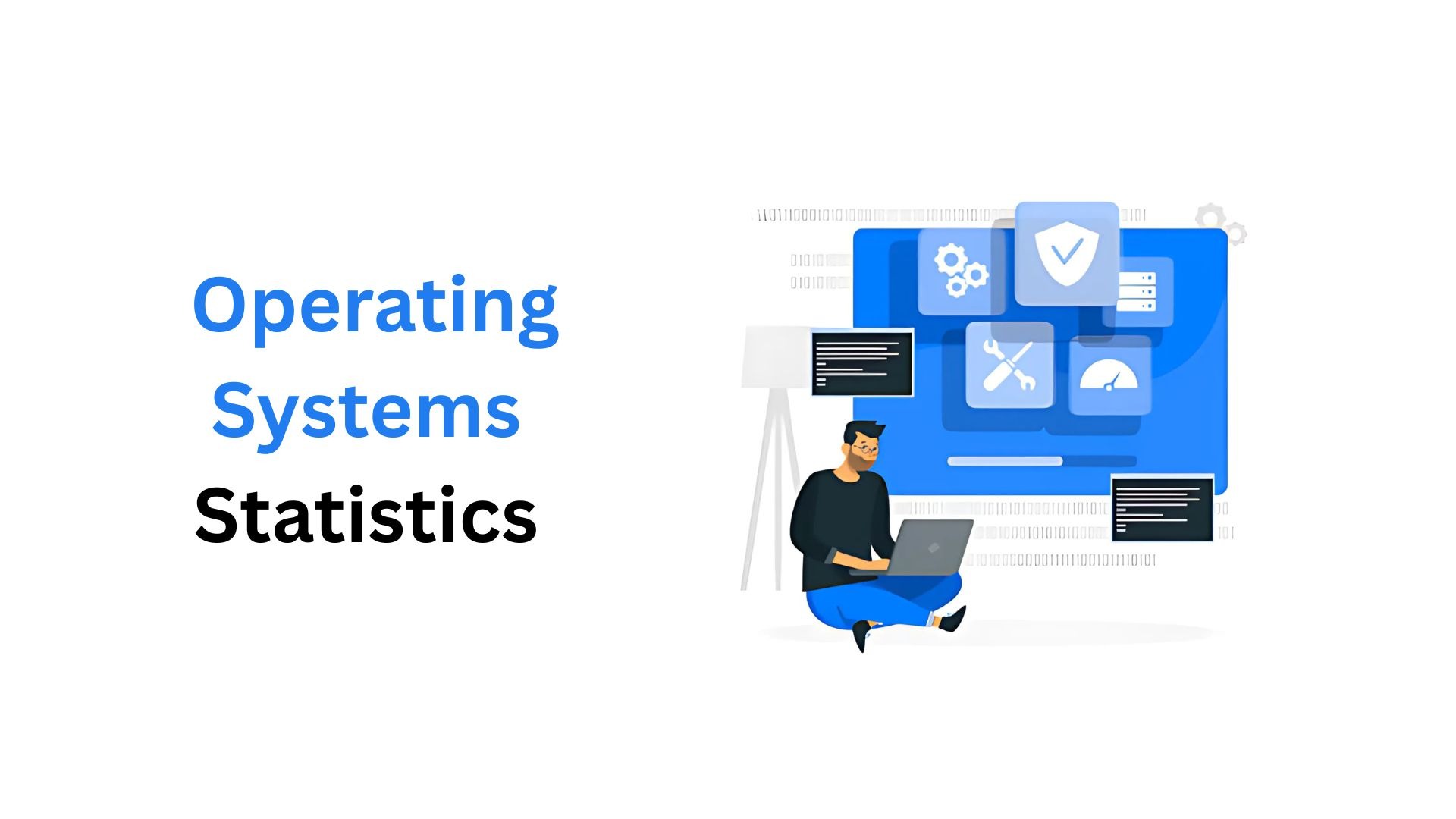

Updated · Sep 25, 2025
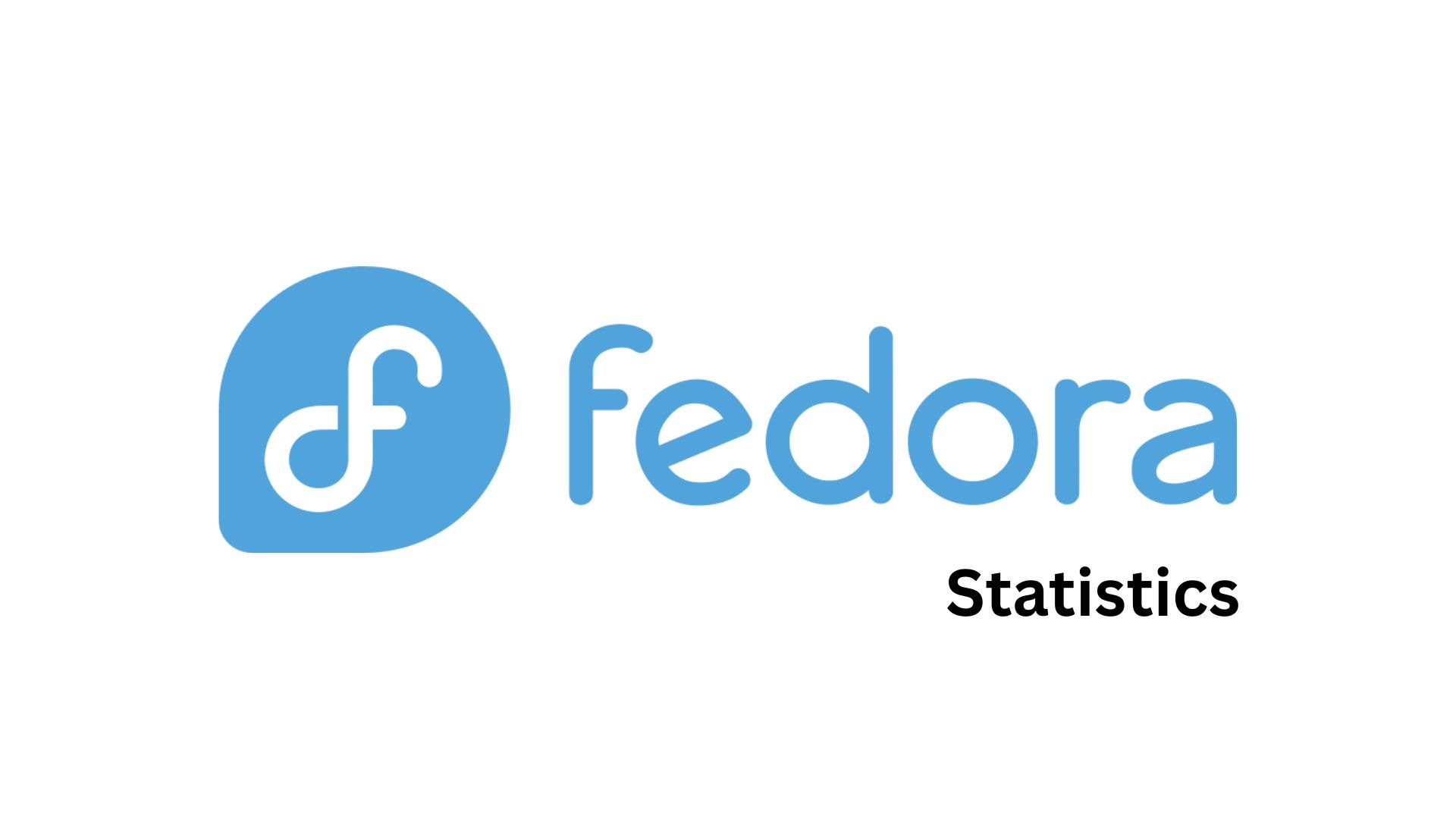

Updated · Sep 22, 2025
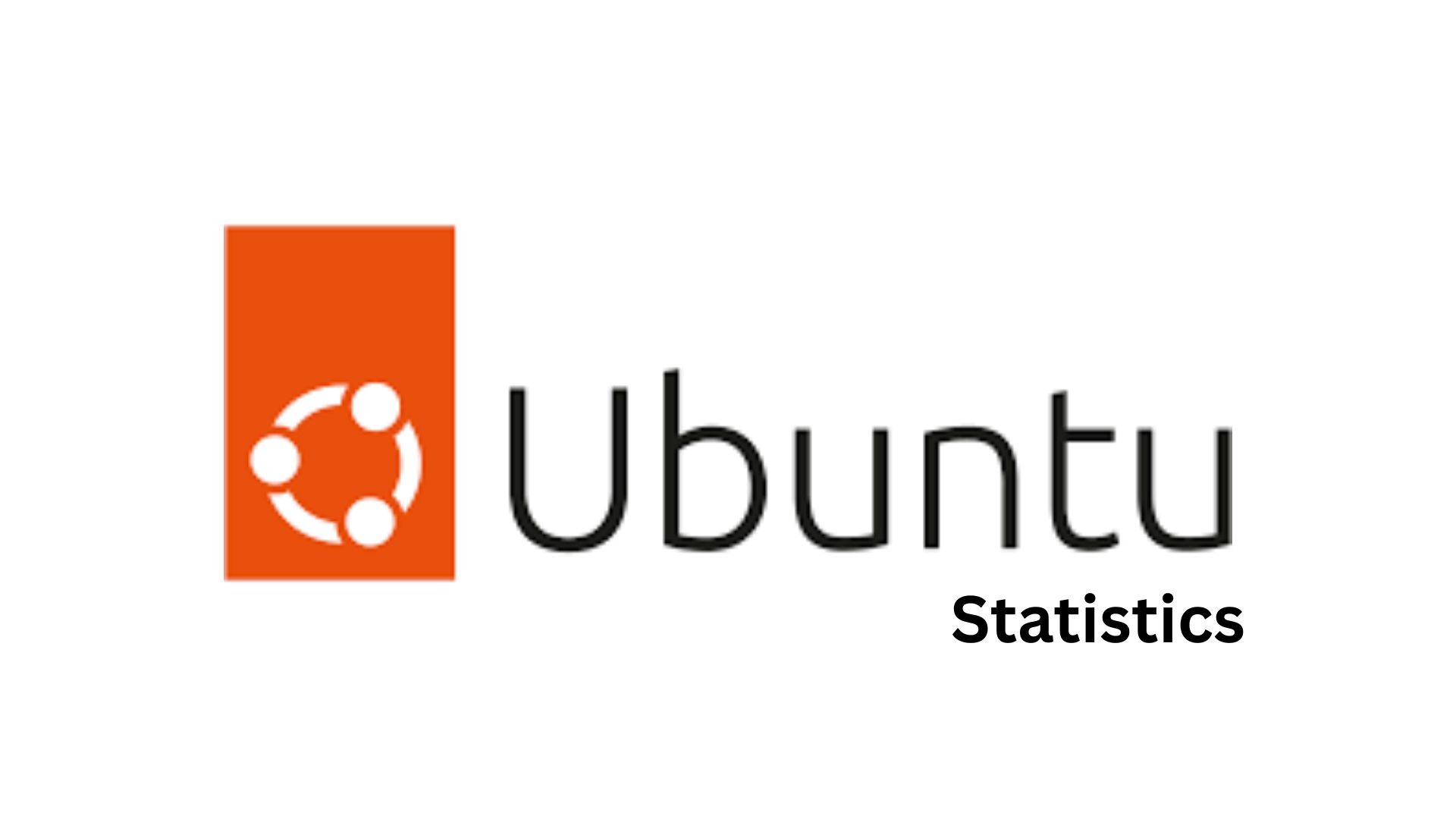

Updated · Nov 04, 2025
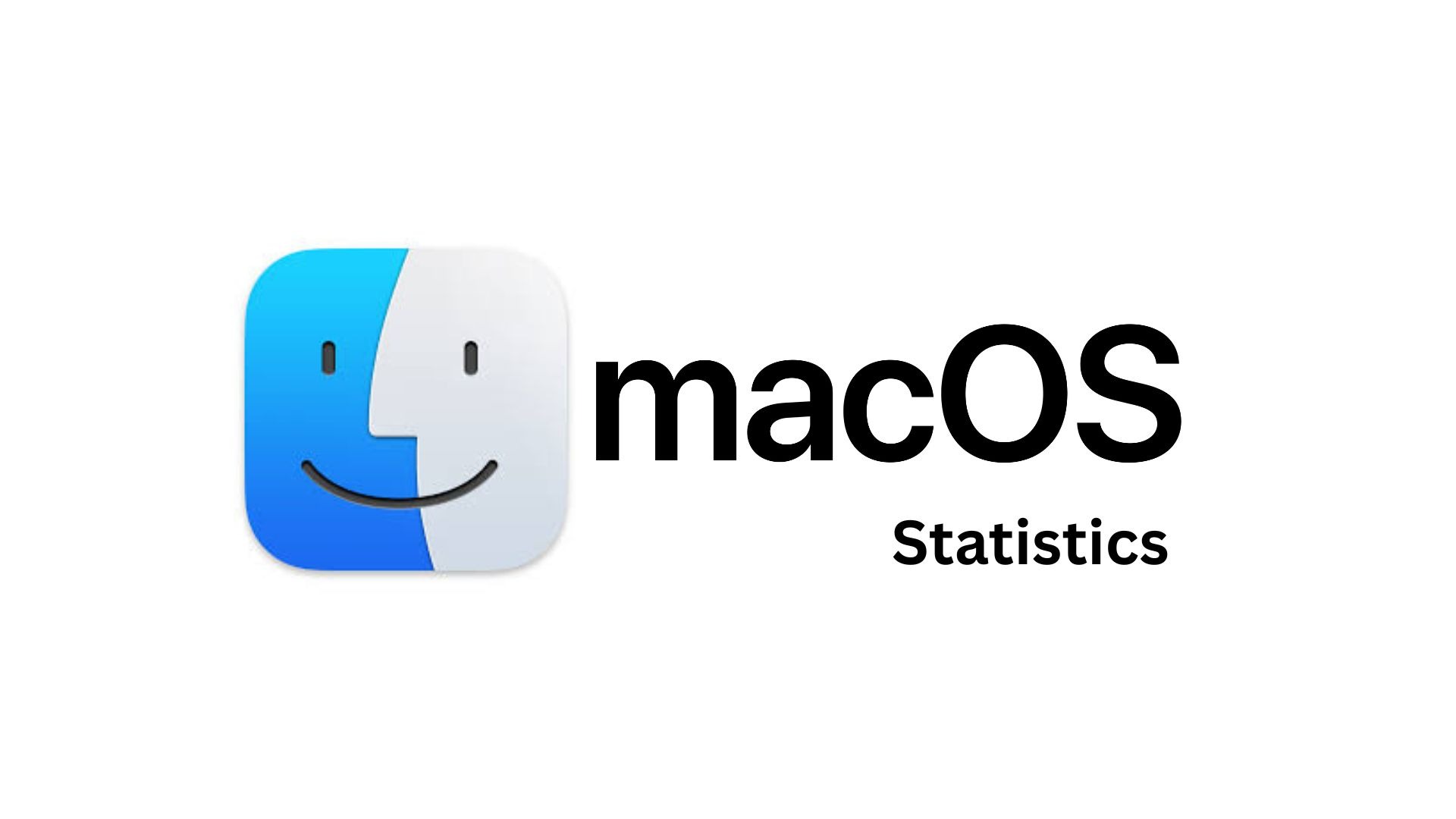

Updated · Sep 09, 2025
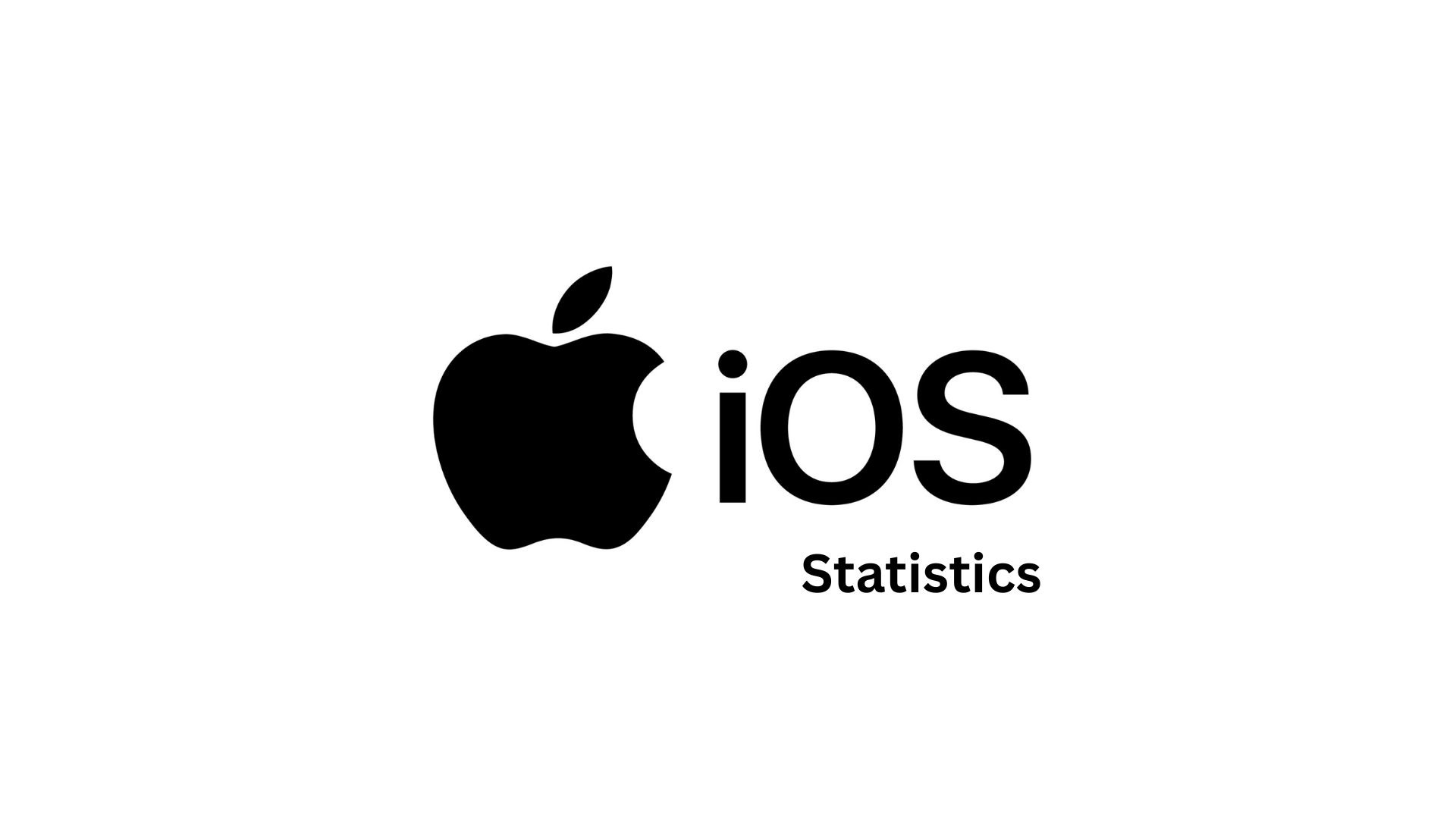

Updated · Sep 13, 2025
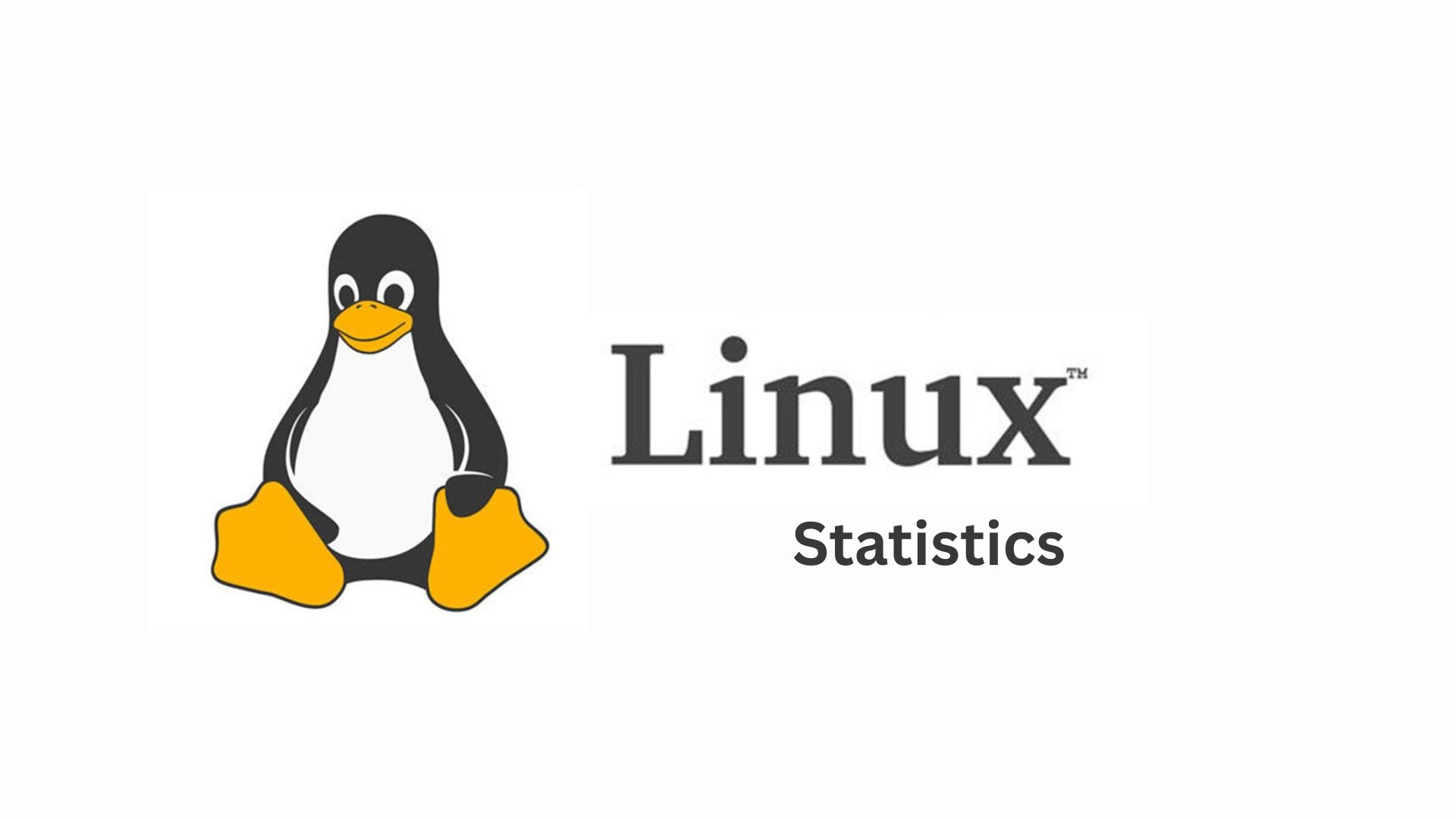

Updated · Sep 09, 2025